Art of the Fugue (score & parts) - WW5/STR4
Composer: Bach, J.S.
Publisher: Trillenium Music Company (Don Stewart)
Edition: 70378
$295.00
Art of the Fugue
for flute, oboe, clarinet, horn, bassoon, 2 violins, viola and cello
by Johann Sebastian Bach (1685-1750) - German Baroque composer
for flute, oboe, clarinet, horn, bassoon, 2 violins, viola and cello
by Johann Sebastian Bach (1685-1750) - German Baroque composer
Arranged by Samuel Baron
The exact details of composition of this great masterpiece, created by the composer in the last years of his life, are still being debated. It's important to remember, for newcomers to this historically important work, that Bach provided no notes or markings of any kind in the MS first published in about 1752. That rendering of his creation, possibly made by J.C.Alnickol, who was his last copyist, is a so-called 'open score'; each of the four lines are given on a separate staff, with not a single tempo or interpretation mark. That fact alone has hindered performance over now nearly three centuries. Bach was, at that time, near death and, some believe, going blind... the aforementioned score was possibly aurally transcribed! And although no instruments are specified , there is no Basso Continuo given, which (although this practice was no longer obligatory) would have been usual. Bach's fugal invention from a single simple pattern suffices to carry the music along.
The leading flutist Samuel Baron (1925-1997) played for many years with the Bach Aria Group, whose leader was William Scheide. This ensemble did much to acquaint the U.S. with the beauties of Bach's creations for small groups of instruments. Baron was as well the leader of the New York Wind Quintet from 1955 until his death. Together with the Fine Arts Quartet ( at that time Leonard Sorkin, Abram Loft, Bernard Saslav and George Sopkin) this masterful transcription was recorded in 1962. It was performed with these players and others nationwide and on a tour of Australia. Baron had greatly talented players to work with; especially Ronald Roseman, a fine oboist who actually liked to play the English Horn, and the superior Bassoonist Arthur Weisberg. Baron was thus well-equipped to bring forth this unique and powerful transcription.
However, this version has never been published...until now. It is high art of the utmost seriousness; an historic, lengthy and demanding chamber work. Dedicated musicians and serious students can now participate for themselves. Baron's markings and tempi etc. are to be carefully respected, although possibly changed in the hands of experienced musicians.
The leading flutist Samuel Baron (1925-1997) played for many years with the Bach Aria Group, whose leader was William Scheide. This ensemble did much to acquaint the U.S. with the beauties of Bach's creations for small groups of instruments. Baron was as well the leader of the New York Wind Quintet from 1955 until his death. Together with the Fine Arts Quartet ( at that time Leonard Sorkin, Abram Loft, Bernard Saslav and George Sopkin) this masterful transcription was recorded in 1962. It was performed with these players and others nationwide and on a tour of Australia. Baron had greatly talented players to work with; especially Ronald Roseman, a fine oboist who actually liked to play the English Horn, and the superior Bassoonist Arthur Weisberg. Baron was thus well-equipped to bring forth this unique and powerful transcription.
However, this version has never been published...until now. It is high art of the utmost seriousness; an historic, lengthy and demanding chamber work. Dedicated musicians and serious students can now participate for themselves. Baron's markings and tempi etc. are to be carefully respected, although possibly changed in the hands of experienced musicians.

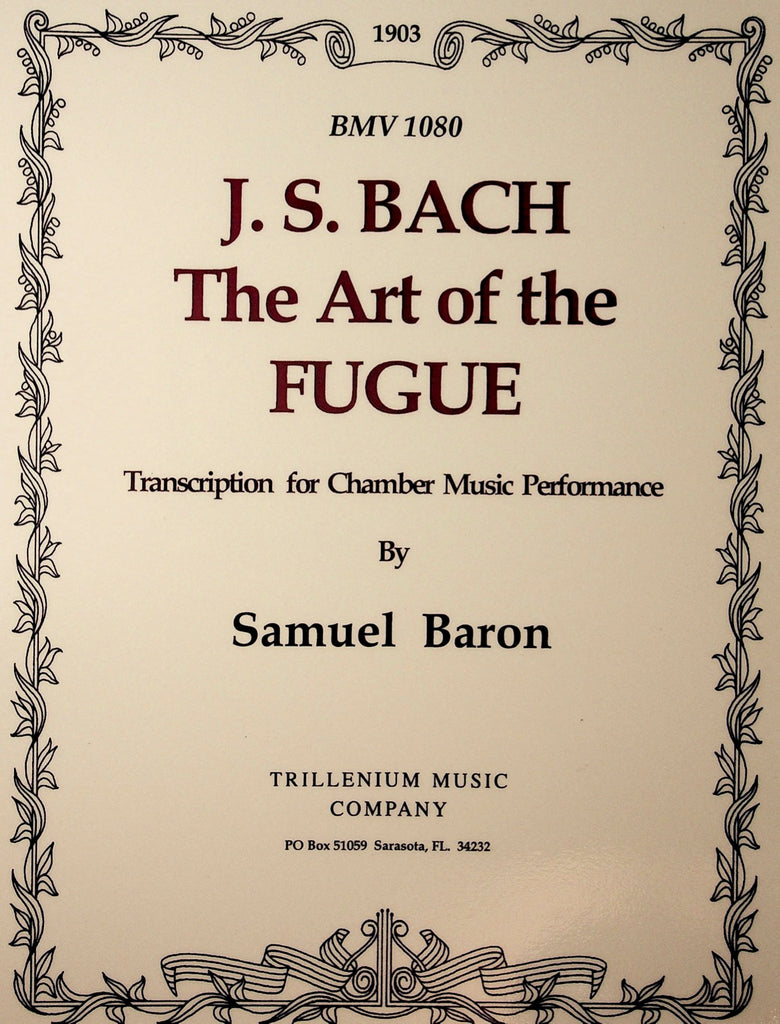
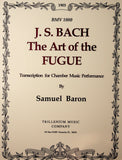
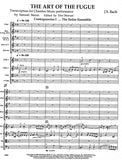
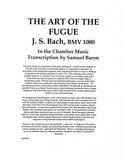
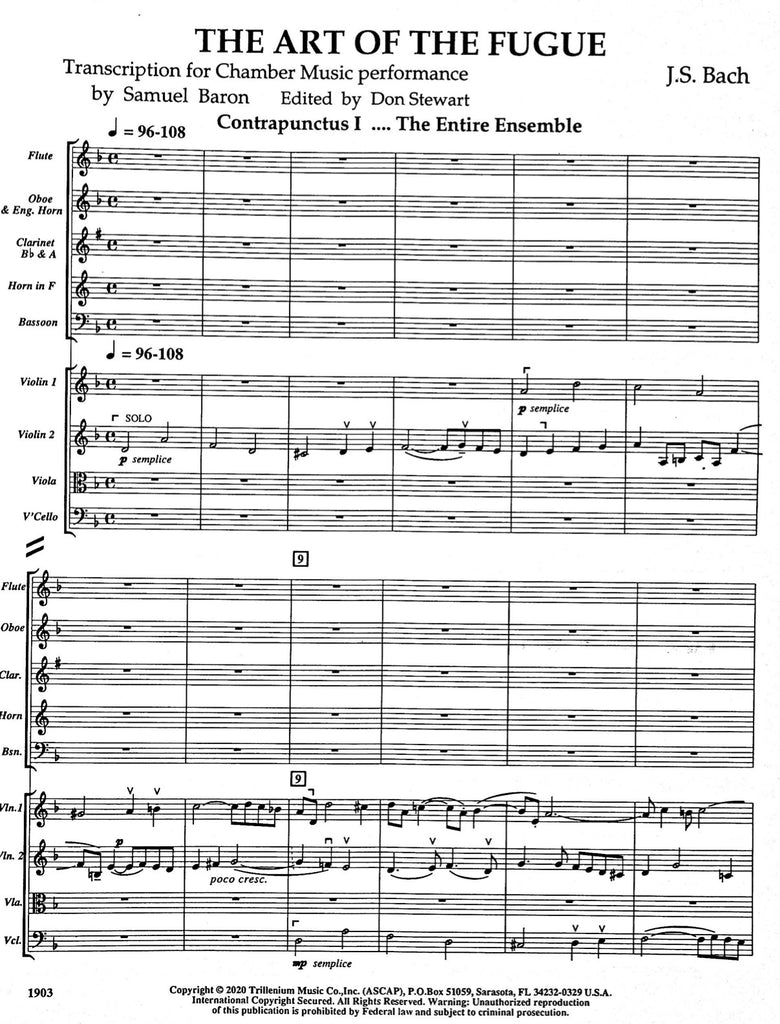
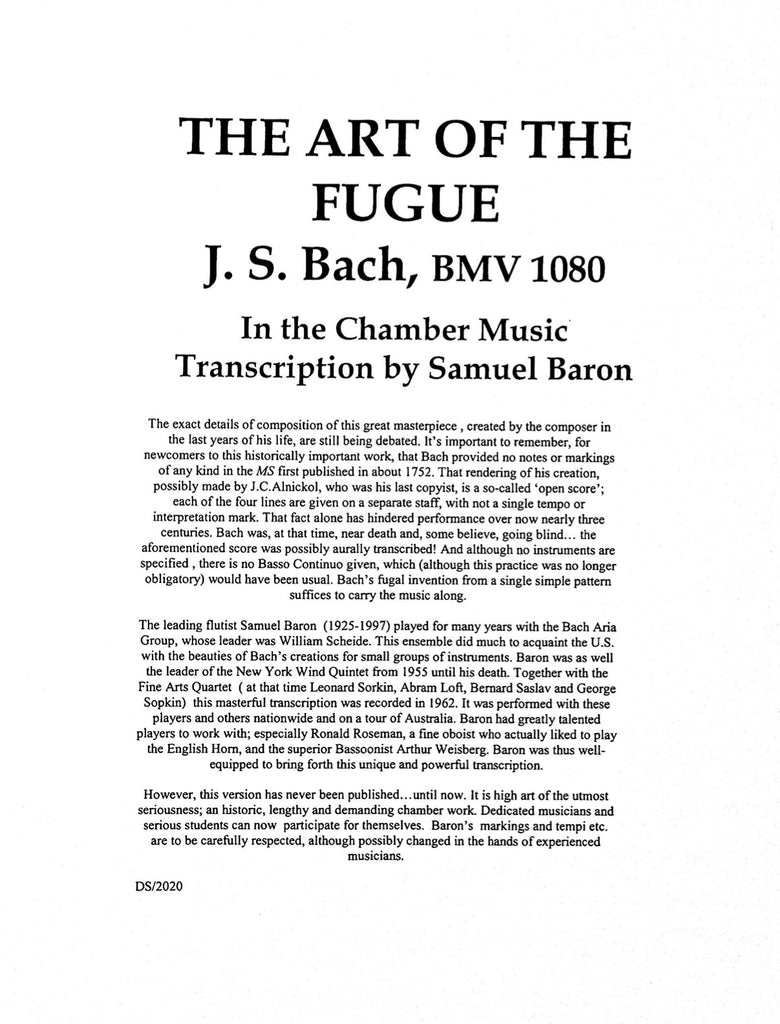
Share this item: